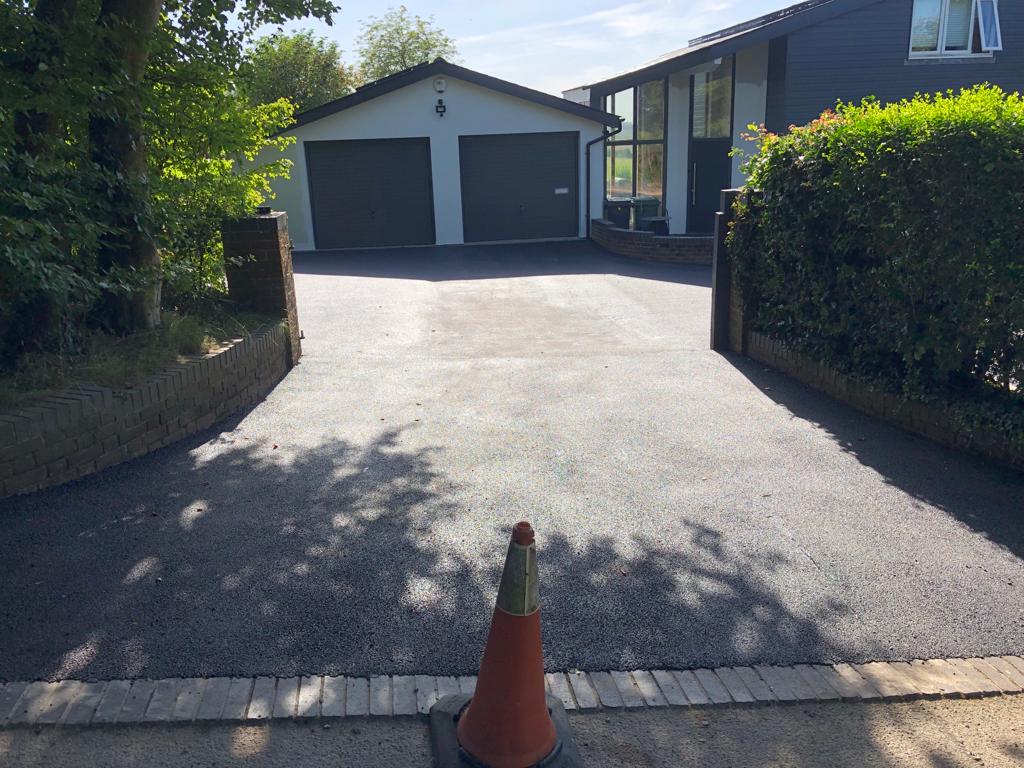Asphalt surfacing is a durable and flexible solution for driveways, roads, and commercial areas—but when it begins to fail prematurely, the costs and safety risks can escalate quickly. One of the most common yet often misunderstood issues is surface delamination. At Strathpine Surfacing Solutions, we’ve seen how the subtropical climate and varied traffic conditions in Strathpine, QLD, can increase the likelihood of delamination if proper methods and materials aren’t used from the start.
Understanding what causes asphalt delamination—and how to fix and prevent it—can help protect your investment and extend the life of your surface.
What Is Asphalt Surface Delamination?
Delamination occurs when the top layer of asphalt separates from the layer beneath it. This can result in peeling, cracking, or a visible lifting of the surface—often creating a safety hazard and an entry point for water damage.
Delamination weakens the structural integrity of the asphalt and, if left unaddressed, can quickly lead to more extensive damage such as potholes, base failure, and water ingress.
Causes of Asphalt Delamination
There are several contributing factors that can lead to asphalt surface delamination. Most of these are related to poor construction techniques or environmental conditions not being properly accounted for.
1. Insufficient Bond Between Layers
- The most common cause of delamination is poor bonding between asphalt layers.
- This is often the result of failing to apply a tack coat (a bonding agent) between new and existing surfaces.
- Without this layer, the top asphalt doesn’t adhere properly and can shift or lift under traffic pressure.
2. Moisture Contamination
- If water is present between layers during installation, it can prevent proper bonding.
- This is a particular concern in humid or wet conditions, which are common in Strathpine.
- Moisture can also freeze and expand (in colder climates), accelerating the separation process.
3. Improper Temperature During Laying
- Asphalt must be applied at specific temperatures to ensure proper bonding and compaction.
- If the mix is too cool when applied, it won’t properly fuse with the layer beneath it.
- This often happens when the asphalt sits too long before being laid, or is installed in cold or rainy weather.
4. Dust or Debris on the Existing Surface
- Before applying a new layer of asphalt, the underlying surface must be clean.
- Dust, oil, dirt, or loose aggregate can all create a barrier that prevents proper adhesion.
- Failure to thoroughly clean the area is a major contributor to delamination.
5. Overuse of Recycled Asphalt Without Proper Binding
- While recycled asphalt is environmentally friendly and cost-effective, it requires careful handling.
- If not mixed or bonded correctly, the recycled material may not adhere well to the surface.
Fixing Delaminated Asphalt Surfaces
Delaminated areas need to be addressed quickly to avoid more extensive deterioration. At Strathpine Surfacing Solutions, we follow a structured process to repair affected areas efficiently and permanently.
Localised Repairs
- Saw-cutting the delaminated section to remove the failed layer.
- Cleaning the base and applying a proper tack coat.
- Re-laying new asphalt with the correct temperature and compaction.
Full Surface Resurfacing
- For widespread delamination, a full resurfacing may be necessary.
- This involves milling the affected area, correcting any base issues, and applying a fresh asphalt layer with the correct bonding methods.
How to Prevent Asphalt Delamination
Preventing delamination starts with proper planning, material selection, and expert workmanship.
1. Use a Quality Tack Coat
- Always apply an appropriate tack coat between asphalt layers.
- Ensure even coverage across the surface to maximise bonding strength.
2. Maintain Correct Temperatures
- Lay asphalt while it’s still hot enough to bond and compact properly.
- Avoid paving in extremely cold or wet weather conditions.
3. Keep Surfaces Clean and Dry
- Before resurfacing or patching, ensure the underlying layer is free of dust, debris, and moisture.
- Use blowers or sweepers to clean the surface thoroughly.
4. Work With Experienced Contractors
- Choose a team with a strong reputation for quality control and local knowledge.
- At Strathpine Surfacing Solutions, we understand the specific challenges of the Queensland climate and use proven methods that reduce the risk of delamination.
Why Choose Strathpine Surfacing Solutions?
Strathpine Surfacing Solutions provides professional asphalt and bitumen services across Strathpine, QLD, including repair, resurfacing, and full installation. Our team has the experience and equipment to ensure each surface is built to last—with the correct bonding practices and materials for long-term durability.
We don’t just lay asphalt—we build surfaces designed to perform under pressure, weather, and time. Our projects are carried out with a focus on precision, safety, and value.
Conclusion
Asphalt delamination is a serious issue that can compromise the safety, appearance, and function of your surface. Whether it’s caused by poor bonding, moisture, or improper installation, early intervention and expert repair are key.
If you’re seeing signs of delamination—or want to make sure your next project avoids it altogether—get in touch with Strathpine Surfacing Solutions in Strathpine, QLD. We’ll assess the condition of your surface and deliver a reliable, high-quality fix that’s built to last.
Call us on: 07 3113 9873
Click here to find out more about Strathpine Surfacing Solutions
Click here to complete our contact form and see how we can help with your surfacing needs.

